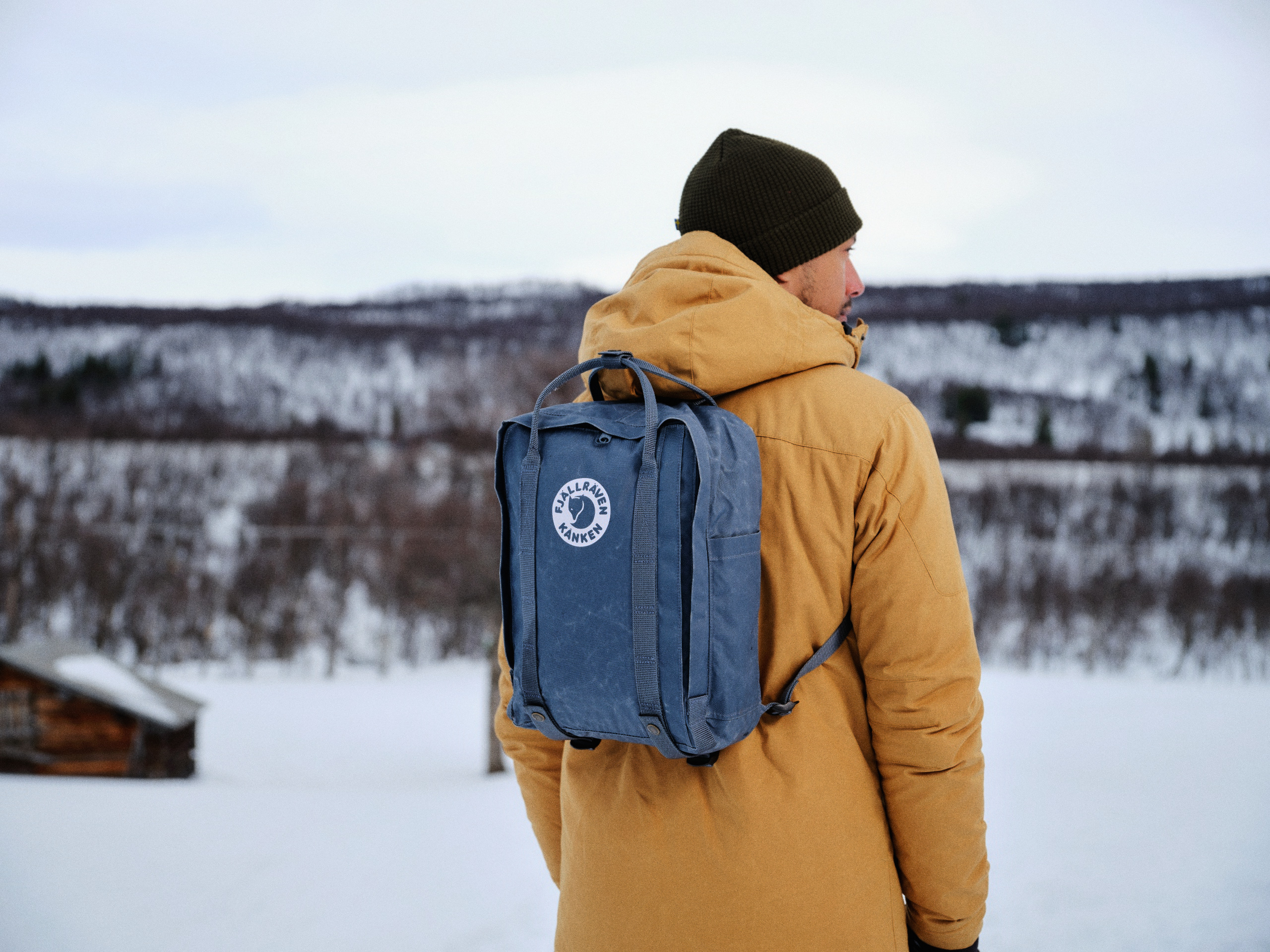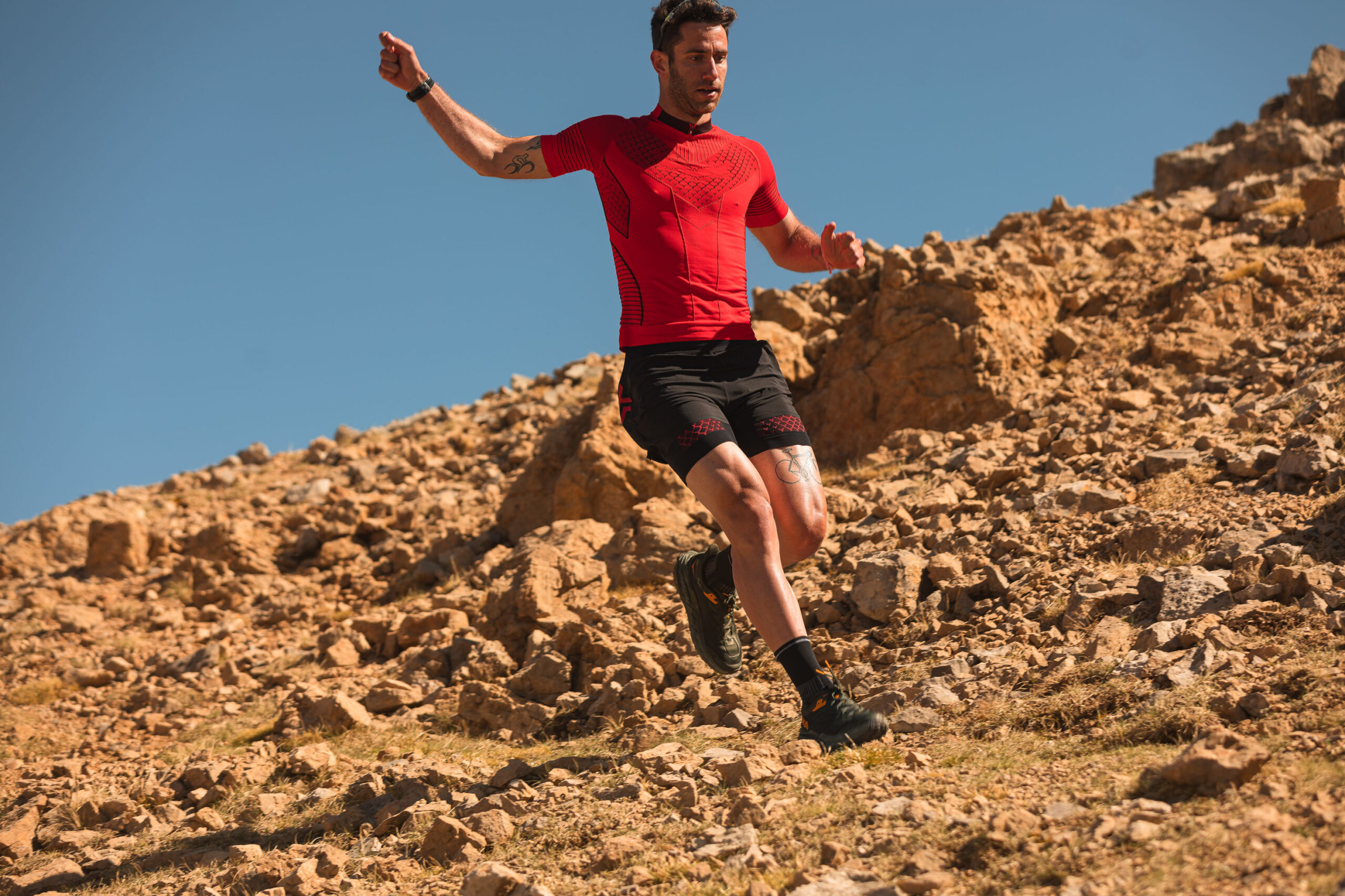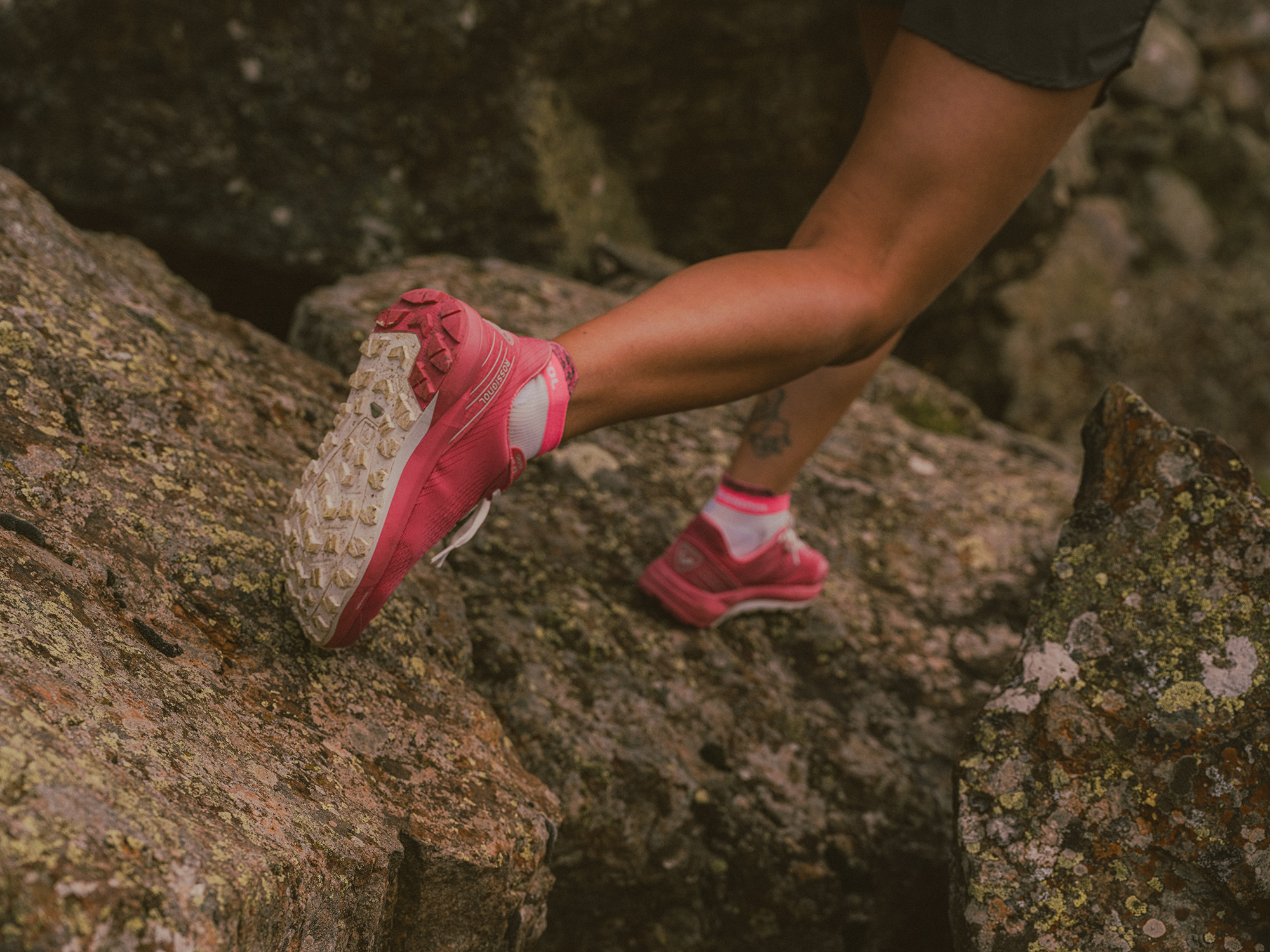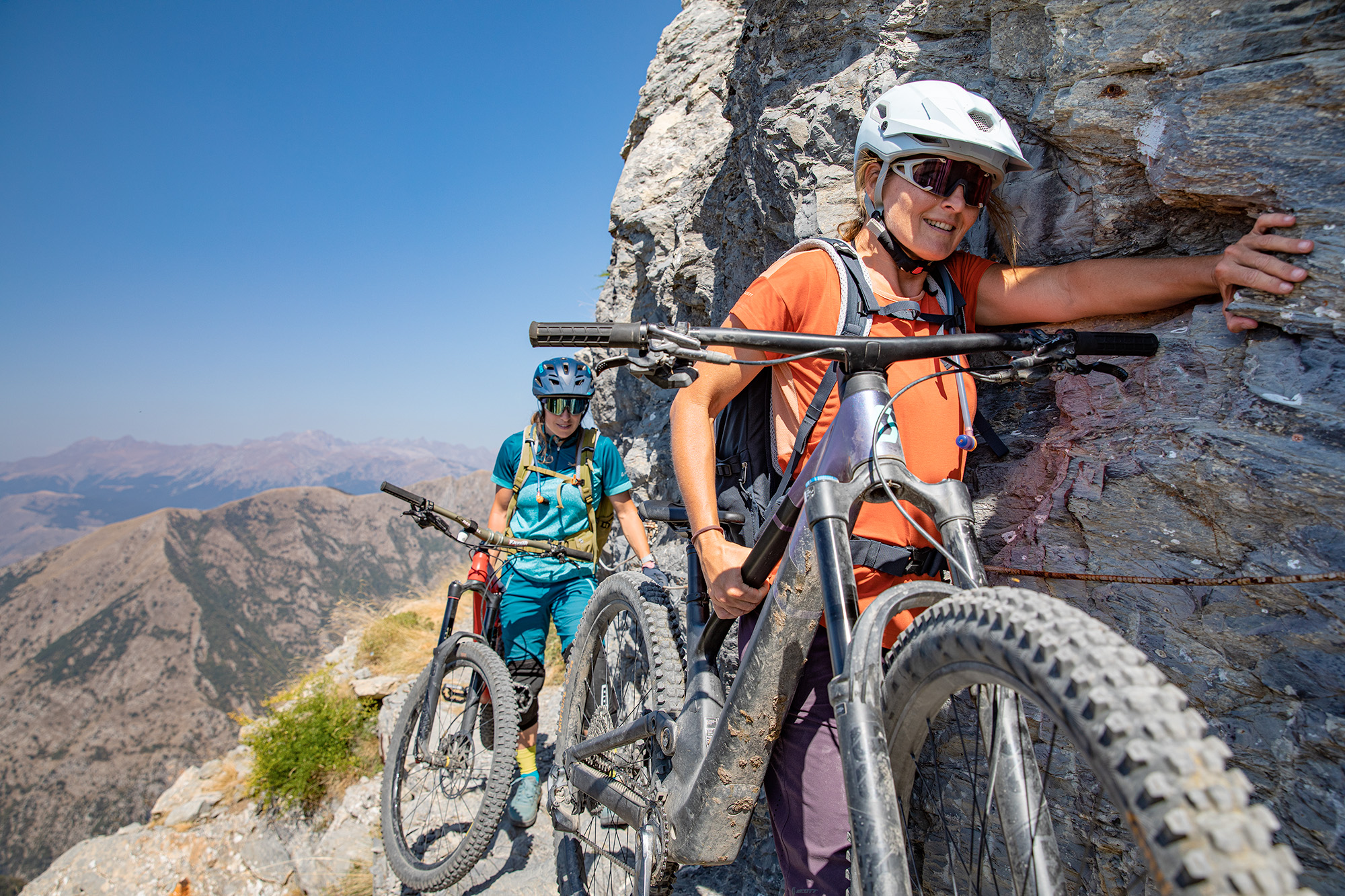Fjallraven presents Tree-Kanken!
Tree-Kånken is a tribute to the first Kånken model from 1978. Over the years, Kånken has only undergone a few tweaks, but its simplicity and functionality have remained the same. That’s why it has become synonymous with our brand around the world.

Tree-Kånken is not identical to current Kånken backpacks. Its design is faithful to the very first model, which featured shoulder straps and handles sewn throughout the front length, as well as a hidden front pocket.Tree-Kånken is also made of a coated fabric that is a potential alternative to fossil-based materials: Pine Weave.
Pine Weave – a fabric made
Tree-Kånken is the result of Fjällräven’s ongoing research into more sustainable ways to produce durable, functional garments and equipment that will last. The main fabric and lining of Tree-Kånken are made from Fjällräven‘s new Pine Weave. It is a cellulose-based fabric uniquely developed by Fjällräven and made of fiber filaments, optimized to be extremely durable and functional. According to Johanna Mollberg, Product Developer, striving to find materials that do not use limited fossil resources is vital:
“The development of Pine Weave is a way for us to be on the cutting edge, to be able to explore new and more sustainable ways of producing and sourcing materials. Ours is a path that aims to reduce our environmental impact as much as possible. Pine Weave is a stop on this journey that has taught us, among other things, the importance of remaining humble about the challenges ahead. We are always trying to improve, but we must avoid the paradoxical situation where our progress in one area can create problems in another, as in the case of organic materials with respect to biodiversity.”
From pulp to fiber, yarn to fabric
Fjällräven greatly improved and modified its production process to make Pine Weave stable, strong and water-repellent. Mollberg explains briefly:
“In a nutshell, wood chips are boiled down to a cellulose mass. The mass is then subjected to the process of making lyocell, a technique used to dissolve the cellulose. The dissolved pulp is then fed into the spinning machinery. At the end of this, it is washed, dried and processed into yarn. The yarn is then woven into cloth and coated with a mixture of pu and wax to extend its life and make it stronger than lyocell fabrics currently available on the market.”
Pine Weave raw material
The wood raw material used by Fjällräven comes from cultivated and certified forests around Fjällräven’s headquarters, Örnsköldsvik, in northern Sweden, and never from virgin forests.
The currently available industrial process for turning wood into pulp cannot separate certified and traceable wood from wood from other sources. Therefore, the pulp used in Pine Weave is combined with all of the wood that undergoes the process leading to the pulp. This approach is called Mass Balance. Although traceability from backpack to tree in a closed system is not possible, we still help increase the demand for traceable, certified lumber in these industrial processes.
“We’re always looking for new ways to use more organically sourced materials in our products, but we’re also working to improve the way we source these materials.”



